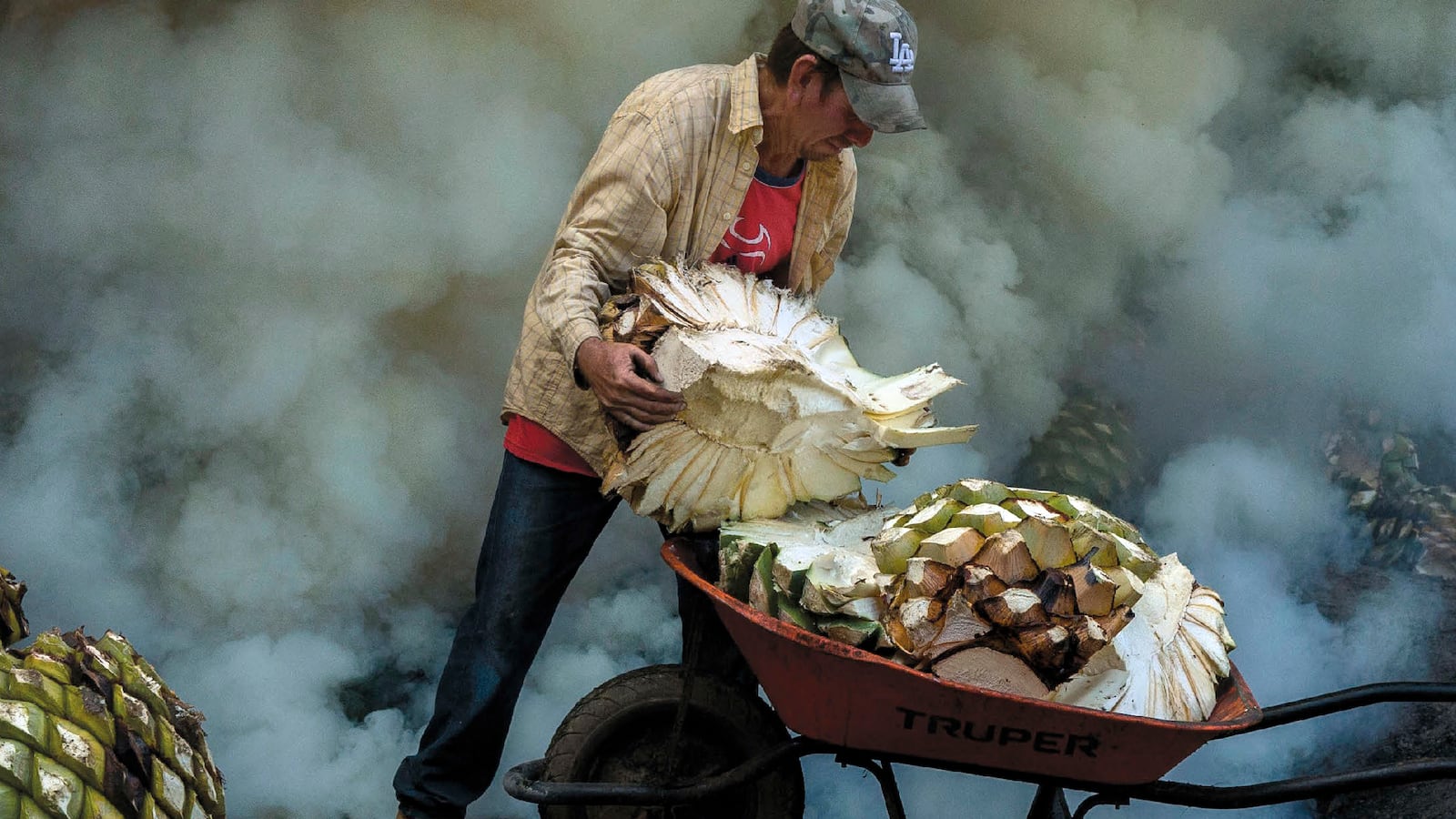The view out the windshield of my pickup is all sun-blasted blue sky and rocky clay-colored road. The tires kick up dirt, leaving clouds in the rearview. I’ve been driving for hours. Haven’t seen another soul for miles. And here, up ahead, a little old man leading a stubby burro is coming my way. I slow down as we approach one another. He doesn’t seem surprised to see me, even though vehicles are as rare as UFOs on these mountain roads. He waves. Everyone out here is courteous. As I come to a stop next to him and his hard-breathing animal, I lean way out the open window of my pickup and ask, “Dónde está el mejor?” Where is the best? He smiles. He knows what I mean. His response comes in a language that is not Spanish. His tribal tongue is guttural yet melodic, full of glottal stops, wheezy vowels, clicking consonants. He points a finger down the empty dirt road, the valley beyond. I get it, I think. I thank him, follow in the direction he pointed. In another couple hours, I confirm he wasn’t shitting me. I find what I’ve been looking for: mezcal.
This is Oaxaca, my heart home. I first traveled here on a dare in 1970. I’d just done a group show in Los Angeles curated by the art dealer Riko Mizuno, a tough Japanese woman and the meanest poker player in town. After the opening, she and I, along with the artist Jim Ganzer and the Malibu surfboard shaper Robbie Dick, sat down with a bottle of the only good tequila available in the United States at the time. After a few too many shots, someone at the table—and none of us remembers who—said, “I wonder if the Pan-American Highway really exists?” The next morning, instead of nursing a hangover or surrendering to post blackout amnesia, I let the seed of that question plant itself inside me. It germinated. Within a fortnight, I was on a young man’s adventure with Jim and Robbie, tearing down the fabled Pan-American Highway in a VW van. We took it all the way to Panama, windows rolled down, hot air pouring in like lion’s breath. We drove through Mexico, Guatemala, Honduras, El Salvador, Nicaragua, and Costa Rica, bouncing along on rocks and dirt. The trip took four months. By the time we got to Panama and saw blacktop again, it was like, Shit! We made it! Along the way, we stopped in small towns and along beaches to hang out and surf. One of those towns was Oaxaca.

Back then, Oaxaca had few tourists. Nowadays, foreigners show up to fill their suitcases with folk art and their bellies with mole. But in the early 1970s, the locals were surprised to see three gringos passing through. I had a thick handlebar mustache as black as my long hair and wide-open eyes that wanted to drink in every little thing. Man, it was a wild scene. Oaxaqueños still wore white pegged cotton pants and loose pullover shirts with sombreros and huaraches. The women were decked out in colorful woven prints—boxy tunics called huipiles or long skirts and almost always a rebozo, the ubiquitous scarf worn in a million different ways, as both fashion statement and makeshift carrier of babies and other bundles. Only a few people had store-bought shoes. My two friends and I soaked it all in. The handmade pottery, the hand-woven textiles. We heard about a village—Teotitlán del Valle—where spectacular weavings were made about an hour’s drive from the city. We went to check it out. There we met a family of weavers and befriended their teenage son, Arnulfo Mendoza. Arnulfo would grow up to be the greatest weaver in Mexico.

Twenty years later, in 1990, after I’d made some fuck-you money from two big Los Angeles art commissions––enough to go anywhere I wanted for three months—I had my heart set on seeing Japan. Ever since I was ten years old, I’d wanted to go there. As a kid, I was into sumo wrestlers and Zen philosophy. Finally, I was going to fly over the Pacific and land in Tokyo and it was going to be incredible. But just as my Japanese odyssey was unfolding in my mind’s eye, it was interrupted. From somewhere deep within, a voice I couldn’t ignore was saying, No, no, no. You’re not going to Japan. You’re going back to Mexico. You’re going to collaborate with indigenous craftspeople. You’re going to make art. And that’s how I ended up losing myself down the backroads of Oaxaca.
From Finding Mezcal: A Journey into the Liquid Soul of Mexico with 40 Cocktails, by Ron Cooper with Chantal Martineau (Ten Speed Press, 2017)






